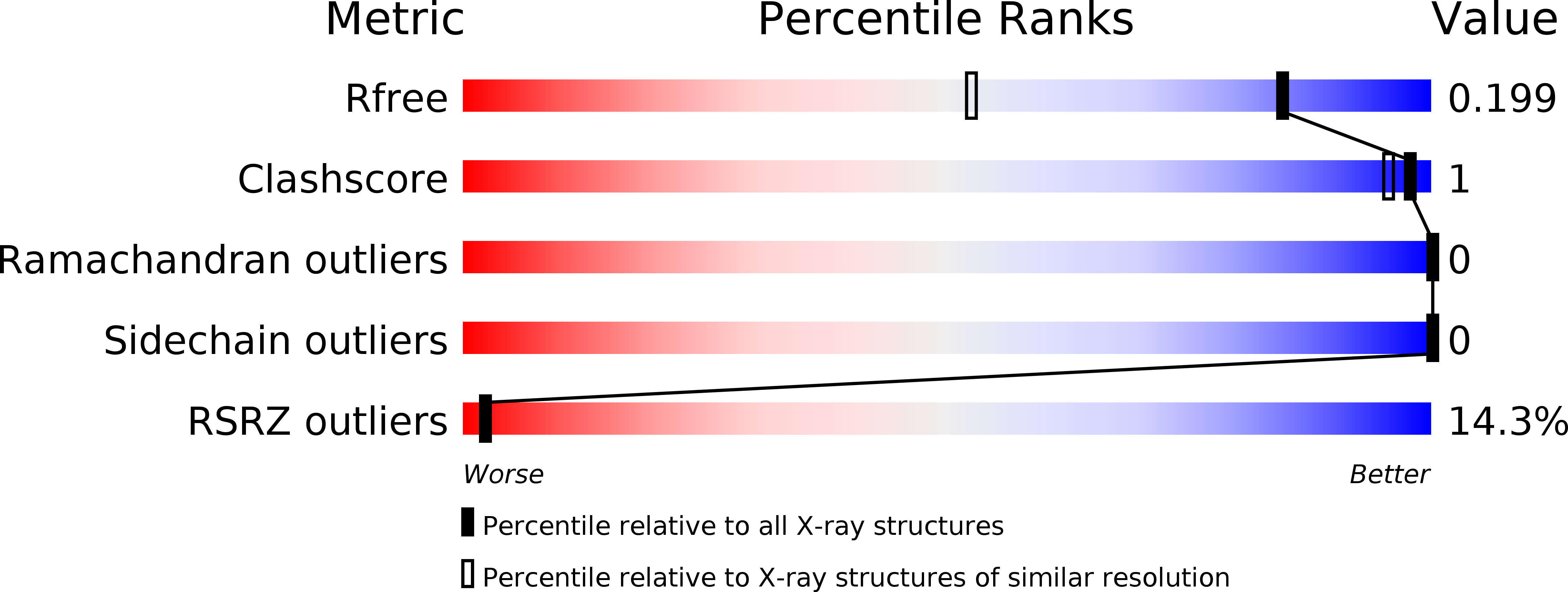
Deposition Date
2014-03-04
Release Date
2014-04-02
Last Version Date
2023-09-20
Entry Detail
PDB ID:
4PQW
Keywords:
Title:
Crystal Structure of Phospholipase C beta 3 in Complex with PDZ1 of NHERF1
Biological Source:
Source Organism:
Homo sapiens (Taxon ID: 9606)
Host Organism:
Method Details:
Experimental Method:
Resolution:
1.47 Å
R-Value Free:
0.19
R-Value Work:
0.17
R-Value Observed:
0.18
Space Group:
P 31 2 1


